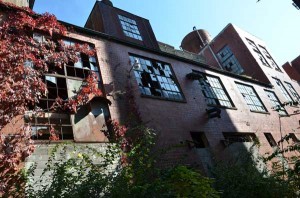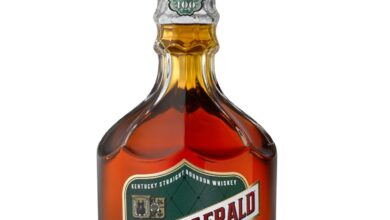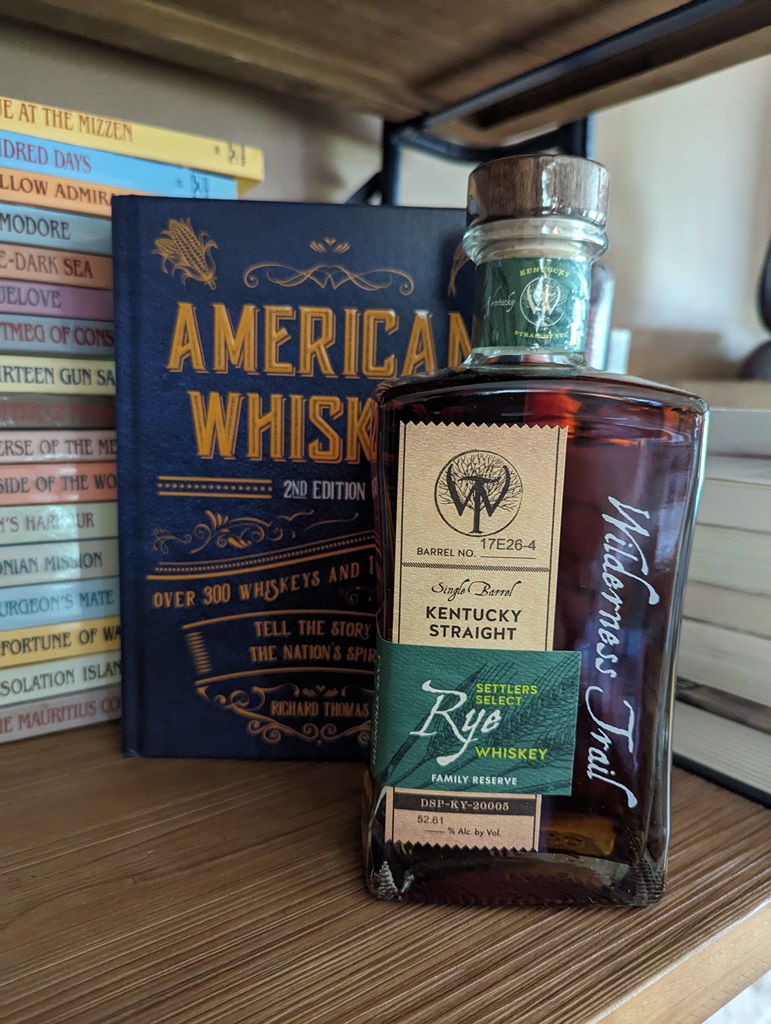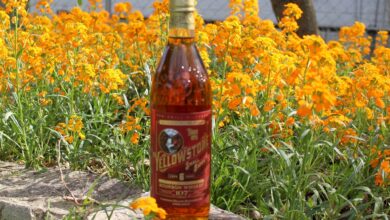Whiskey in History: James E. Pepper
By Richard Thomas

(Credit: Wikimedia Commons)
James E. Pepper was practically born with bourbon in his blood, and for more reason than merely his parents drinking the stuff. His great-grandfather was Elijah Pepper, one of the key figures in the development of bourbon whiskey in the late 18th Century, and one of the very few sometimes pointed to as the inventor of bourbon. It was Elijah Pepper who founded the distillery that eventually became the Woodford Reserve of today.
Born into Kentucky’s bourbon aristocracy, James E. Pepper got his formal start in the whiskey trade upon the death of his father Oscar, when he inherited the aforementioned Woodford Reserve Distillery, then known as the Oscar Pepper Distillery. Pepper, like any member of the Bluegrass upper crust, loved his thoroughbreds and his drink. He took an interest in breeding, and a number of his horses won racing fame during the 1890s. As part of Pepper’s fast-living lifestyle, he was a frequent resident of the famed Waldorf Astoria in New York, where he hobnobbed with the nation’s barons of industry and social elite. One result of James E. Pepper’s frequent stints in the Big Apple is the belief that the Old Fashioned cocktail was both invented in the Waldorf Astoria’s bar and named for Pepper himself.

James E. Pepper Distillery
(Credit: Joana Thomas)
Pepper ultimately sold the family’s old distillery to Labrot & Graham in 1878, preferring to strike out and build something of his own. Moving to Lexington, he built the James E. Pepper Distillery on Manchester Street in 1879, founding a successful bourbon brand. Back in the early days, the distillery produced “Old Pepper Whisky,” a bourbon, and “Old Henry Clay,” a rye, with the former brand later evolving into James E. Pepper bourbon whiskey. The distillery probably did not draw its water from Town Branch, contrary to popular belief, as it had arrangements to have water pumped to it from a cistern on a nearby farm. Pepper himself died without issue in 1903, so ownership of his distillery, brand and legacy passed completely to his investors.
Pepper’s name went on as a byword for quality bourbon. In an early example of the promotional ties between boxing and booze, James E. Pepper Whisky was a sponsor of the 1910 heavyweight world championship bout between Jack Johnson, America’s first African-American heavyweight champion, and former champ Jim Jefferies. The Pepper distillery was one of a handful in America that survived the Prohibition era intact, largely because it became both a licensed “medicinal whiskey” producer and because it became an official warehouse agent under the Federal government’s concentration-and-control scheme for Prohibition era spirits.

(Credit: James E. Pepper Whiskey
Unfortunately, the Pepper Distillery did not survive the second round of hard times experienced by the American whiskey industry during the 1950s. The slump combined with some bad business decisions to put James E. Pepper’s operation out of business in 1958, and the label followed it into oblivion in the 1960s, although whiskey continued to be sold out of the distillery’s substantial warehoused stockpile well into the 1970s. The ruins of the distillery still stand today, the most prominent remnant of Lexington’s distilling tradition.
Recent years have seen a dual revival of the legacy of James E. Pepper. Distilling returned to the Old James E. Pepper plant when two friends, Jeff Wiseman and Peter Wright, started a micro-distillery in the old barrel house, appropriately named Barrel House Distillery. They expect to have their first bourbon ready for market in 2014.
More directly, the international whiskey boom prompted a scramble for defunct brand names, leading to the reemergence of whiskey bearing James E. Pepper’s name. In particular, the James E. Pepper “Join or Die” small batch bourbon is made for the new Pepper brand by Corsair Artisan Distillery using an old Pepper recipe.




Quite annoying–my comment was marked as spam, likely due to my IP address (I am writing from China). I don’t want to write it all out again, but basically, I was asking if you’d unearthed the name of James Pepper’s wife, because I’ve had a hard time finding it for an article I’m writing.
Ella Offutt Kean